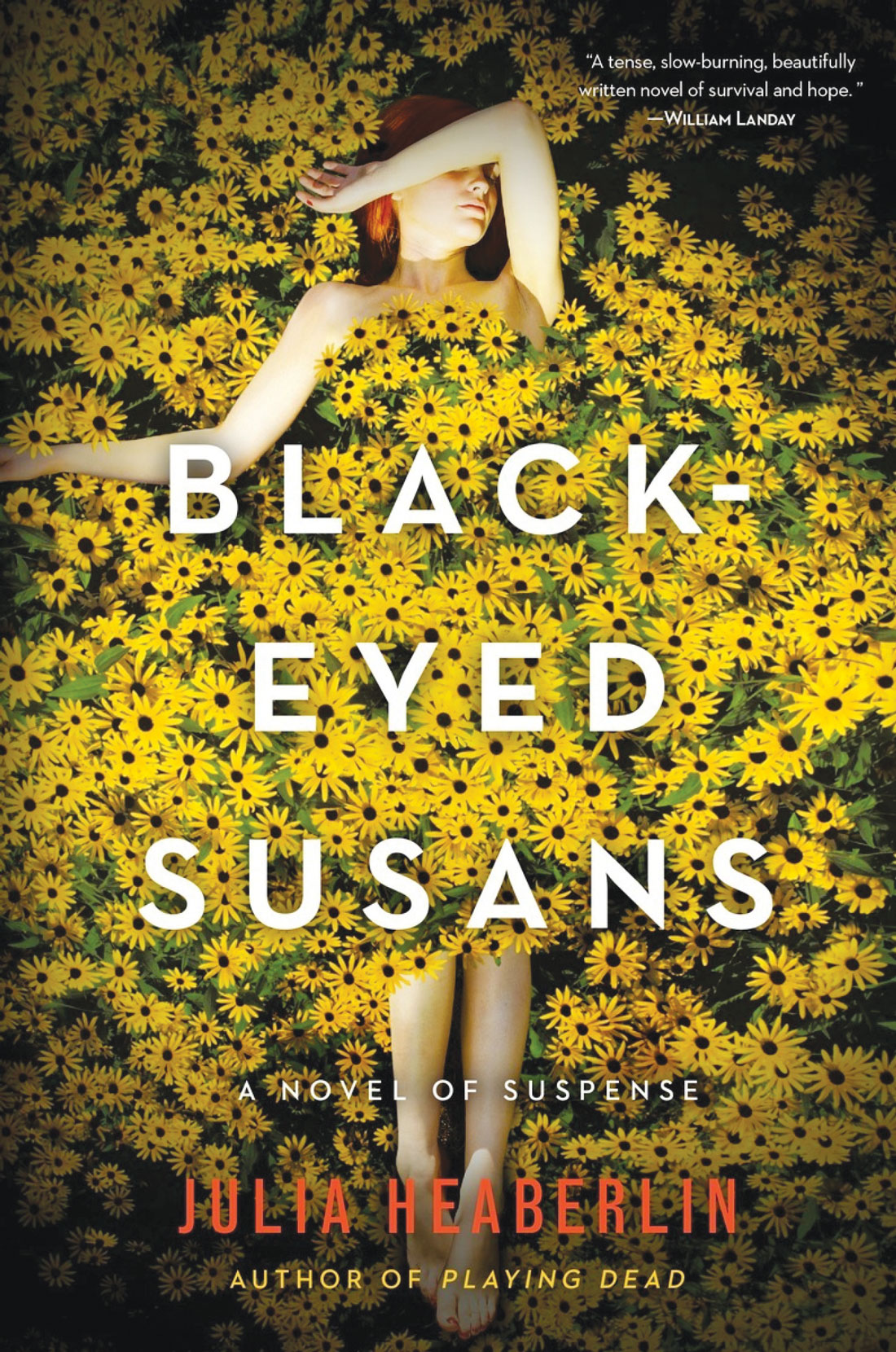You can’t write a suspense novel with a female protagonist these days without being compared to Gillian Flynn’s Gone Girl or Paula Hawkins’ The Girl on the Train — or both. Set in Fort Worth, Black-Eyed Susans¸ the third novel by Texas author Julia Heaberlin, is an entertaining enough late-summer read that lives up to those bestseller comparisons.
When narrator Tessa was in high school, she went for a run one night and ended up missing. Eventually found buried alive in a grave obscured by wildflowers, along with a dead woman and the bones of several other victims, she became known as the only survivor of the “Black-Eyed Susans Killer.”
Years later, she’s attempting to live a normal life as an artist with a teenage daughter, and the man convicted of the murders and her attack is about to be executed. But when someone starts planting telltale Black-Eyed Susans outside her house, Tessa begins to doubt what she thought she knew and wonders whether an innocent man is about to be executed — and, worse, if her attacker is still out there taunting her.
Heaberlin, a former editor at the Star-Telegram and Detroit News, clearly had some chops in her reporter days. What sets this novel apart from those to which it is compared is the sociopolitical aspect, which gives the plot depth. Her journalistic background is also felt when she begins describing the forensic science behind the investigators’ attempts to identify the real culprit, the history of the death penalty in Texas, and the people who devote their lives to exonerating the wrongly accused.
“We are so much a part of the Earth … of the ancient past,” explains Dr. Joanna Seger to Tessa about using bones to identify a person’s origins. “We store strontium isotopes in our bones, in the same ratio as in the rocks and soil and water and plants and animals where we live.”
Surprisingly, science talk doesn’t take away from the plot and actually gives Black-Eyed Susans a kind of realistic edge that most thrillers lack. Real people reportedly inspired Heaberlin to create Dr. Seger and several other supporting characters, including a top death penalty attorney and a Texas man freed from death row after serving 18 years for a murder he didn’t commit. That research has paid off.
Comparisons to Gone Girl and Train are predictable but not unwarranted. A female narrator who may or may not be reliable, Tessa is a little more likeable than the female leads in both of those books, and people who enjoyed them, particularly the latter, will very likely enjoy Black-Eyed Susans as well. But Black-Eyed Susans reminded me more of Flynn’s earlier novel, Dark Places (set to be made into a Reese Witherspoon-produced movie in the coming months) with the shifts from past to present and the frustration buzzing around the narrator, who is still too traumatized to recall the horrific images that would unlock all of the answers.
Black-Eyed Susans is divided into three parts and, until the very end, jumps back and forth in time, which may make it difficult to remain engaged, particularly when a flashback that may go on for two or three pages fails to move the plot along. The final third shifts points of view, and this turns out to be a good thing because by this time the reader may be pretty desperate for insight from someone besides the ever-withholding Tessa.
The book is far from perfect. While it hits its stride after Part 1 (which is twice the length of parts two and three) and while I found myself dropping everything to get to the end, I was disappointed when I got there. It all just seemed to tie up a little too neatly. After Heaberlin invested so much care into keeping the book within the constraints of reality, the conclusion seemed somewhat far-fetched and unearned.
Also, numerous references to Fort Worth locales like Ol’ South Pancake House and Flying Fish feel shoehorned in, and the dialogue frequently seems contrived, as though the characters’ words are merely vehicles to take the plot where Heaberlin wants it to go, rather than the thoughts and emotions of authentic human beings.
Despite a slow start and less than satisfying conclusion, Black-Eyed Susans is still plenty entertaining and a worthy addition to the serial-killer thriller genre.
[box_info]Black-Eyed Susans
By Julia Heaberlin
Ballantine Books
348 pps.
$26[/box_info]











